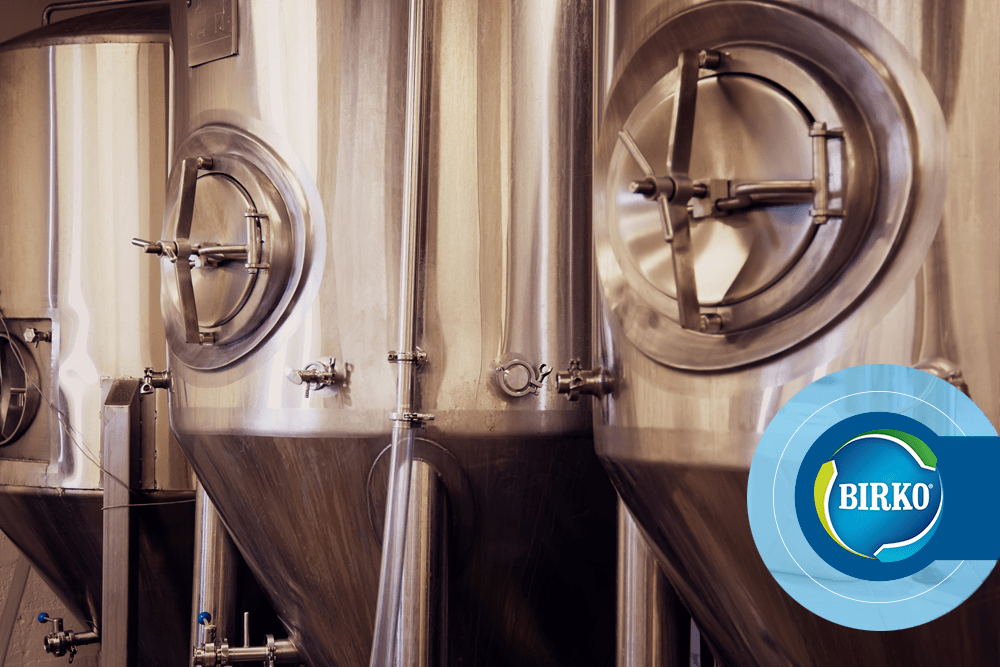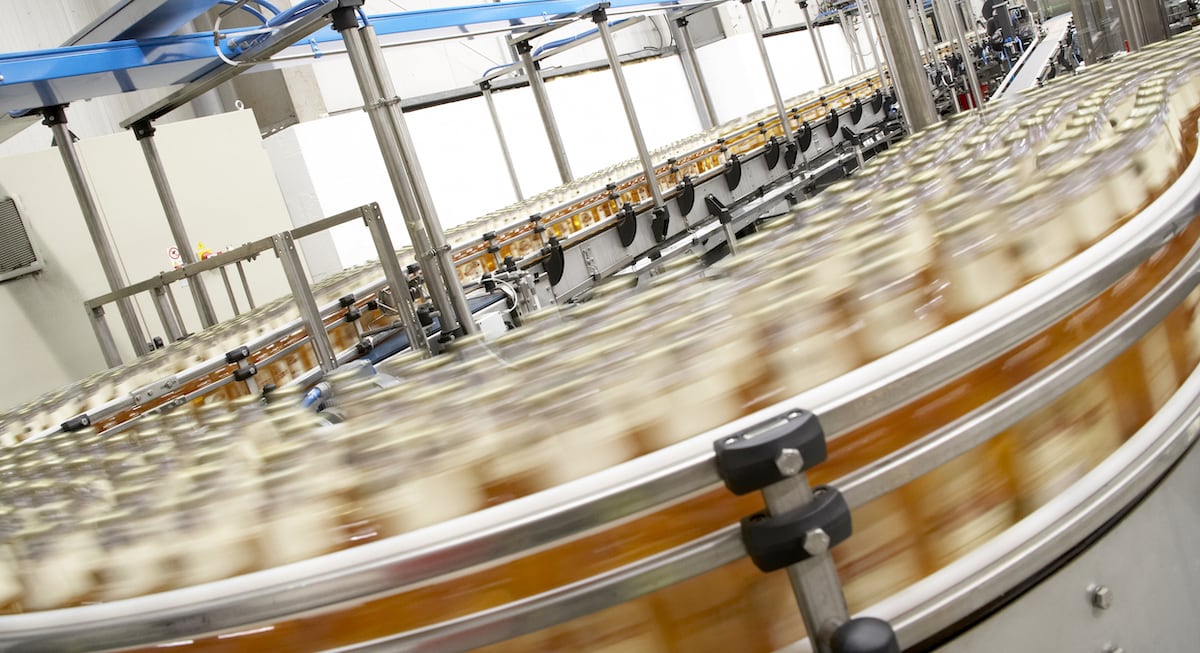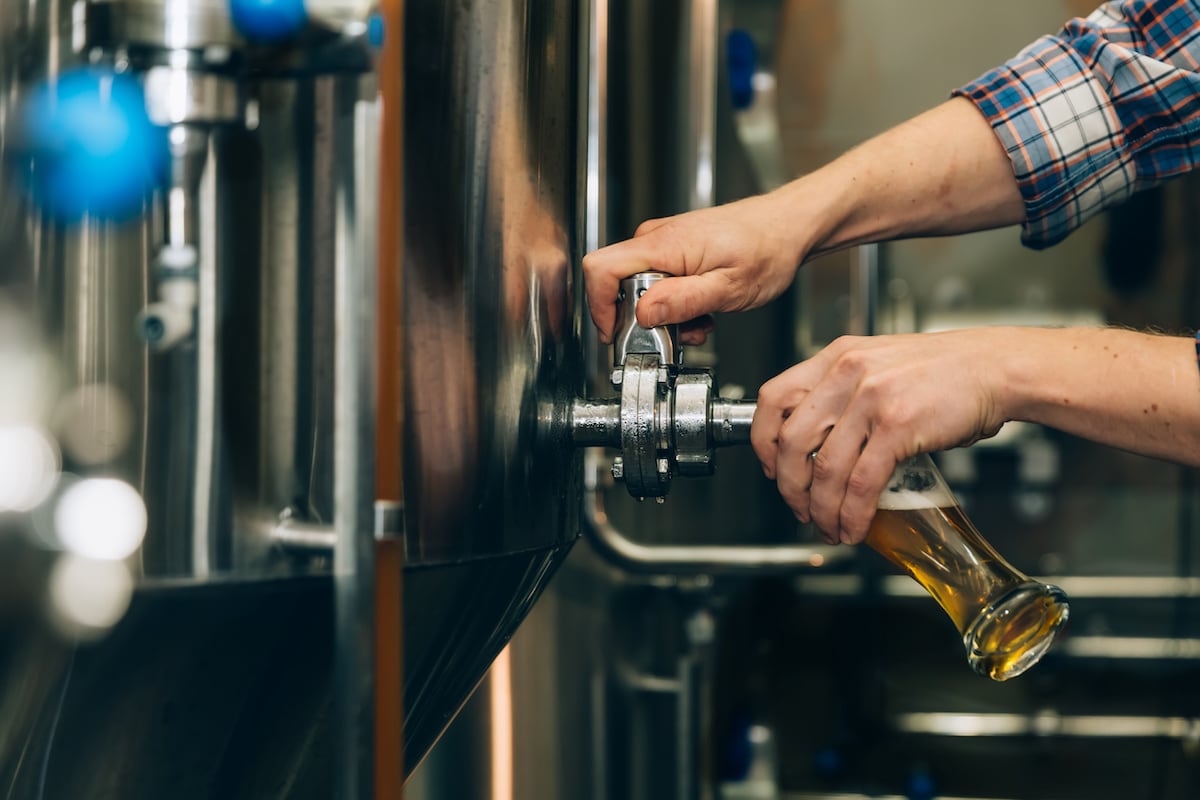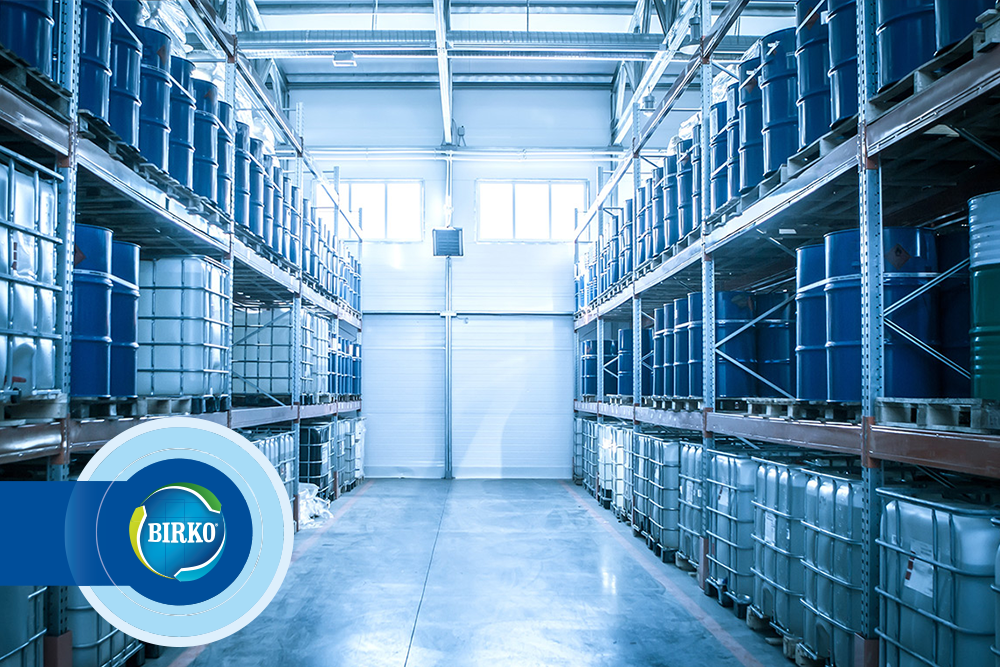Many brewers and distillers are renowned for their proprietary mix of ingredients that combine to make their famed beverage offerings. None, however, want to be known for any libation that comes out of a corroded environment. Fortunately, brewers and distillers can confidently produce the high-quality beverage products their customers expect and deserve by keeping their equipment clean and sanitized. By applying a light coat of a protective material to their stainless steel tanks, brewers are reassured that every batch will be their best.
The passivation of new stainless steel equipment is important in guaranteeing the metal is in good shape and starts its useful life on the right foot. Even if the tank is passivated by the manufacturer, transporting the equipment to its destination may result in contact with new contaminants that inhibit the protective qualities of the chromium oxide film. Therefore, it is important for brewers and distillers to remove potential machine oil, road grime, brake dust, dirt and debris prior to treating the tank and putting it into service.
Here are the steps to take to prep the tank:
Preparation Steps:
- To remove contaminants such as machine oil, road grime, etc., Clean-in-place (CIP) with a 2-ounce Cir-Q-Late (heavy-duty liquid CIP caustic) per gallon of hot water (140-180 d. F.) for 15-30 minutes. Drain and immediately rinse well.
- If there is any surface rust, CIP a 2-4 oz. Diactolate (citric acid) per gallon of 120 – 130 degrees Fahrenheit water CIP for 15-30 minutes, then rinse well.
Some metallurgists believe the tank is fully protected after the metal has had a chance to fully dry following the citric acid step. This method is known as chromium oxide passivation. Diversey, however, has found that after the above preparation steps are completed, a more passive surface can be achieved using our unique phosphate/silicate conversion coating method, which employs Ultra Niter followed by Cell-R-Mastr.
Conversion Coating Passivation Steps:
- Rinse
- CIP with 2 oz. of Ultra Niter per gallon of 120-130 d. F. water for 15-30 minutes
- Drain but do not rinse
- CIP with 2 oz. of Cell-R-Mastr per gallon of 120-130 d. F. water for 15-30 minutes
- Rinse well
Once the above steps are completed, the tank is ready for use.

Stainless steel tank after conversion coating passivation steps are complete.
Once the tank has been put into service, the conversion coating method can be repeated as often as necessary. Our team of experts typically recommend that this chemical treatment be done twice a year, at minimum, to keep the metal in pristine condition.
For more info on Diversey’s unique passivation technique, contact our Technical Director, Dana Johnson at: [email protected]









